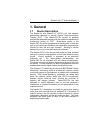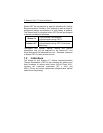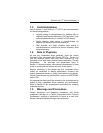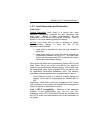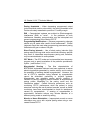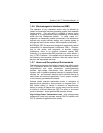
8 Stratos LV/LV-T Technical Manual
IS-1, wherever stated in this manual, refers to the international
standard, whereby leads and generators from different
manufacturers are assured a basic fit. [Reference ISO 5841-
3:1992(E)].
Lead Configuration – The polarity of the implanted lead
dictates what lead configuration can be programmed for the
CRT-P. Pacing will not occur with a unipolar lead if the lead
configuration of the respective channel is programmed to bipolar
(see Section 8).
Setscrew Adjustment – Back-off the setscrew(s) prior to
insertion of lead connector(s) as failure to do so may result in
damage to the lead(s), and/or difficulty connecting lead(s).
Cross Threading Setscrew(s) – To prevent cross threading
the setscrew(s), do not back the setscrew(s) completely out of
the threaded hole. Leave the torque wrench in the slot of the
setscrew(s) while the lead is inserted.
Tightening Setscrew(s) – Do not overtighten the setscrew(s).
Use only the BIOTRONIK supplied torque wrench.
Sealing System – Be sure to properly insert the torque
wrench into the perforation at an angle perpendicular to the
connector receptacle. Failure to do so may result in damage to
the plug and its self-sealing properties.
1.5.4 Programming and Operation
IEGM – Due to the compression processes that the signals
undergo, the IEGM recordings are not suitable for making some
specific cardiac diagnoses, such as ischemia; although, these
tracings may be useful in diagnosing arrhythmias, device
behavior or programming issues.
Post AES - Before activating post-AES, check whether the
selected program can cause Pacemaker Mediated Tachycardia
(PMT) and whether post-AES pacing results.
Overdrive Pacing Mode - When programming the overdrive
pacing mode, check whether the selected program can cause
PMT, and whether atrial over drive pacing would result.
Corresponding to the measured retrograde conduction time, the
PMT protection interval must be programmed to a correct value.




